![]()
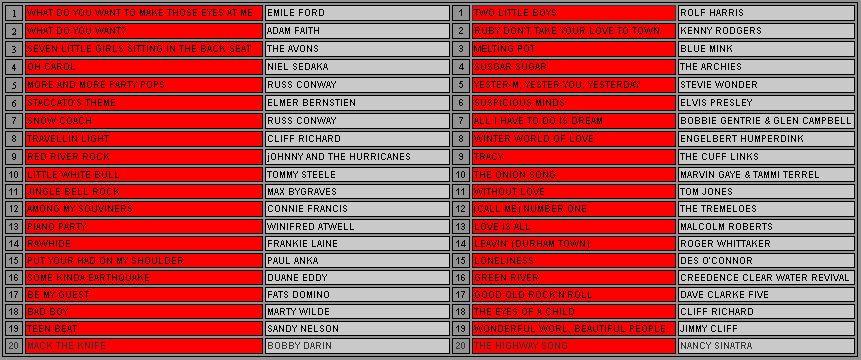
|
Alan Freeman
|
David Jacobs
|
David
Jacobs was the presenter of the BBC Light programme's Top Twenty show
in the early sixties. David was succeeded by Alan Freeman. What is
not generally know is that at this time Alan Freeman was working freelance
and that he actually spent more time working for Luxembourg than he
did for the BBC. .........
|
Radio Luxembourg
"Your station of the stars". Do you remember how the signal
would fade just as your favourite record was about to be played? The
two presenters featured here Teddy Johnson ( who was also famous for
being one half of the singing duo Pearl Carr and Teddy Johnson), and
Barry Alldis were the main stay of Luxembourg's Top Twenty show. ...............
|
Teddy Johnson
|
Barry Alldis
|
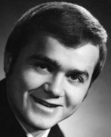 |
Keith Hampshire (Keefers) of Radio Caroline South. Keith hosted at different times the early morning show and the afternoon show. He left Radio Caroline when the Marine Broadcasting Offences bill became law, although as a Canadian citizen he had no legal obligation to do so. The audio track is the outro to his very last show.. |
|
Keith
Hampshire
|
|
To
listen to an audio track select a track that you want to hear by clicking
on the double arrow heads << >> to make your selection.
There are five audio tracks associated with the pictures above the player.
Then to play your selected audio track, click on the solid centre arrow
head to
|
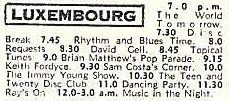 |
||
|
1960s Luxembourg radio schedule
|
| The 1960s Music press |
|
|
|
|
|
|
|
|
There were six national
popular music publications in the 1960's. Five of which (from the left
to right) were weekly publications. Hit Parade was a monthly magazine.
The NME charts were generally acknowledged as being the most accurate
reflection of record sales, while Melody Maker was the magazine of choice
for most musicians if for no other reason than it contained many advertisements
for job opportunities within the music industry. Melody Maker was also
the place to find out what group was playing at what venue in any given
week. Disc was probably the third most widely read music paper, followed
by the Record Mirror, and Record Mail. Hit Parade was unique in that
it being a monthly magazine it did not publish a best selling record
chart. Hit Parade specialized in publishing in depth interviews and
features about the leading acts of the day. Only the New Musical Express
has survived to this day
|
| Millers Record Shop |
|
Millers
record shop: Now long since gone of course. The shop used to be located
in Market Hill. The St Ives shop was a branch shop the main shop was
in Cambridge and is still trading today. As was quite common in those
days, Millers was actually a music shop. Not only did they sell records,
they sold musical instruments too. In fact it is probably true to say
that musical instruments was the main business, and that the sale of
records was a secondary line of business. In the sixties Millers had
a couple of listening booths, a customer service facility that was quite
common in record shops at that time. It was not the custom in those
days for records to be in racks where customers could sift through the
stock and browse before deciding what to buy. The records were all kept
in shelves on the other side of the counter and had to be asked for.
In those days new releases would often not be in stock and would have
to be ordered.
|
 |
Pictured
on the left record shop listening booths just like the ones in Millers
St Ives shop. In the sixties this was a common feature in most record
shops. On the right Millers logo on a record shop paper bag from the
1960s showing the locations of the different branches. The Main branch
at Sidney Street Cambridge, being the most prominent followed by Fitzroy
street Cambridge and then the other two at branches at St Ives and Ely.
|
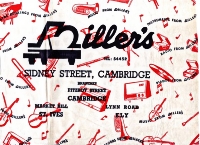 |
| Some of the records I bought at Millers in the 1960s | ||||||||||
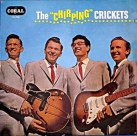 |
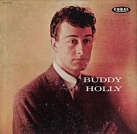 |
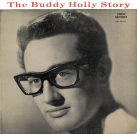 |
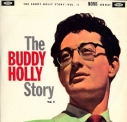 |
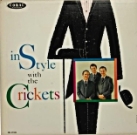 |
 |
|||||
| I was always a big Buddy Holly fan and these are some of the records that I bought from Millers. I bought a lot of singles to, and it was on Radio Luxembourg that I heard them for the first time. After leavinng school, I spent a year working at the St Ives Sand and Gravel Company before I went to college. I earned just two shillings and fourpence an hour! So I was not buying records every week. Two singles that I remember buying back then were QUARTER TO THREE by Gary U S Bonds, and C'MON LETS GO by Ritchie Valens. | ||||||||||
| And some that I bought as student in my college days | ||||||||||
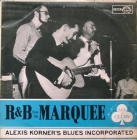 |
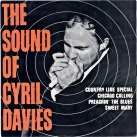 |
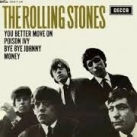 |
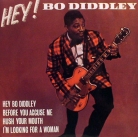 |
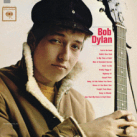 |
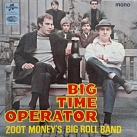 |
|||||
| When I went to college in London I quickly became aware of the burgeoning (new to me) R&B scene. Blues Incorperated for example, and especially Cyril Davies and the All Stars. I used to see Cyril Davies at The Refectory in Golders Green. On several occasions I met Ian Deness (who I new from the RAF Wyton youth club days) at The Golders Green Refectory. Ian was at that time a marine engineering apprentice with BP Tankers at Hendon College of Technology. | ||||||||||
|
In
1960 a single 45 rpm record would have cost you 6/3d, and a 45 rpm EP
(extended play) cost 10/11d. A 12 " LP was £1 - 14 - 3d.
By 1969 a 45rpm single had risen to 8/6d an EP to 13/3d and a 12 "
LP retailed at £1 - 17 - 6d
|
Please choose